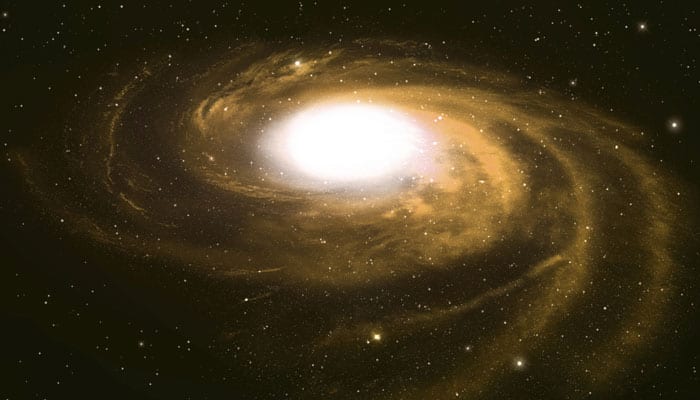Washington: Astronomers have recently observed star cluster in Milky Way's suburbs that seems oddly out of place.
The new star cluster was discovered by Dongwon Kim , a PhD student at the Australian National University (ANU), together with a team of astronomers (Helmut Jerjen, Antonino Milone, Dougal Mackey, and Gary Da Costa) who are conducting the Stromlo Milky Way Satellite Survey at ANU.
Globular clusters are spherical cities of stars that form a vast, extended halo around the core of our galaxy, the brightest of which are easily seen in amateur telescopes or even binoculars. However, this new discovery required one of the world's largest telescopes to confirm.
The oddly small, far-flung, cluster was discovered using the Dark Energy Camera (DECam) on the 4-meter Blanco Telescope at the Cerro Tololo Inter-American Observatory (CTIO) in Chile.
The team's first evidence of the unusually remote star cluster came when they ran detection algorithms on a 500 square-degree imaging data field obtained with DECam.
Sophisticated computer programs are our tools to find them.
Because it is so faint, ultra-deep follow-up observations using the Gemini Multi-Object Spectrograph (in imaging mode) confirmed that the new globular cluster is among the faintest Milky Way globular clusters ever found. Seven out of 150 known Milky Way globular clusters are comparably faint but none are located as far out toward the edge of the Milky Way. This new globular cluster has 10-20 times fewer stars than any of the other outer halo globular clusters. Also, its star density is less than half of that of other Milky Way globular clusters in the same luminosity (brightness) range.
The new star cluster, named Kim 2, also showed evidence of significant mass loss over its history. Computer simulations predict that, as a consequence of their evolution over many billions of years, including the slow loss of member stars due to the gravitational pull of the Milky Way, star clusters ought to be arranged such that their more massive stars are concentrated toward their centers.
The finding suggests that a substantial number of low-luminosity globular clusters must have existed in the halo when the Milky Way was younger, but most of them might have evaporated due to internal dynamical processes.
The observed properties of the new star cluster also raise the question about how such a low luminosity system could have survived until today. One possible scenario was that Kim 2 was not actually a genuine member of the Milky Way globular cluster family, but a star cluster originally located in a satellite dwarf galaxy and was accreted into the Milky Way's halo.
This picture was also supported by the fact that the stars in Kim 2 appear to be more chemically enriched with heavier elements than the other outer halo globular clusters and are young relative to the oldest globular clusters in the Milky Way. As a consequence of spending much of its life in a dwarf galaxy Kim 2 could have largely escaped the destructive influence of tidal forces, thus helping it to survive until the present epoch.
There are many Milky Way globular clusters formerly and currently associated with satellite dwarf galaxies. It is possible that a significant fraction of the ancient satellite dwarf galaxies were completely disrupted by the tidal field of the Milky Way while the high density of the globular clusters allowed them to survive in our galaxy's halo.
Indeed, Kim 2 was found close to the vast polar structure of Milky Way satellite galaxies, a disc-like region surrounding the Milky Way where satellite galaxies and young halo clusters preferentially congregate. A similar distribution of satellite galaxies is also found in the neighbouring Andromeda Galaxy.
A large fraction of the Milky Way's halo was thought to be populated with optically elusive satellite galaxies and star clusters. New discoveries of satellite galaxies and globular clusters will therefore provide valuable information about the formation and the structure of the Milky Way.
The study is published in the Astrophysical Journal.
















